Combined proteomics and CRISPR‒Cas9 screens in PDX identify ADAM10 as essential for leukemia in vivo
- PMID: 37422628
- PMCID: PMC10329331
- DOI: 10.1186/s12943-023-01803-0
Combined proteomics and CRISPR‒Cas9 screens in PDX identify ADAM10 as essential for leukemia in vivo
Abstract
Background: Acute leukemias represent deadly malignancies that require better treatment. As a challenge, treatment is counteracted by a microenvironment protecting dormant leukemia stem cells.
Methods: To identify responsible surface proteins, we performed deep proteome profiling on minute numbers of dormant patient-derived xenograft (PDX) leukemia stem cells isolated from mice. Candidates were functionally screened by establishing a comprehensive CRISPR‒Cas9 pipeline in PDX models in vivo.
Results: A disintegrin and metalloproteinase domain-containing protein 10 (ADAM10) was identified as an essential vulnerability required for the survival and growth of different types of acute leukemias in vivo, and reconstitution assays in PDX models confirmed the relevance of its sheddase activity. Of translational importance, molecular or pharmacological targeting of ADAM10 reduced PDX leukemia burden, cell homing to the murine bone marrow and stem cell frequency, and increased leukemia response to conventional chemotherapy in vivo.
Conclusions: These findings identify ADAM10 as an attractive therapeutic target for the future treatment of acute leukemias.
Keywords: ADAM10; Acute leukemia; CRISPR-Cas9 in vivo screen; Leukemia stem cells; PDX; Proteomics.
© 2023. The Author(s).
Conflict of interest statement
The authors declare no competing interests.
Figures
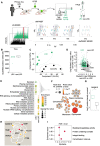
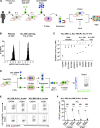

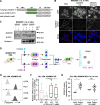
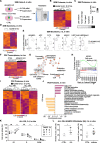
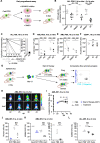
References
Publication types
MeSH terms
Substances
LinkOut - more resources
Full Text Sources
Medical
Molecular Biology Databases
Research Materials

